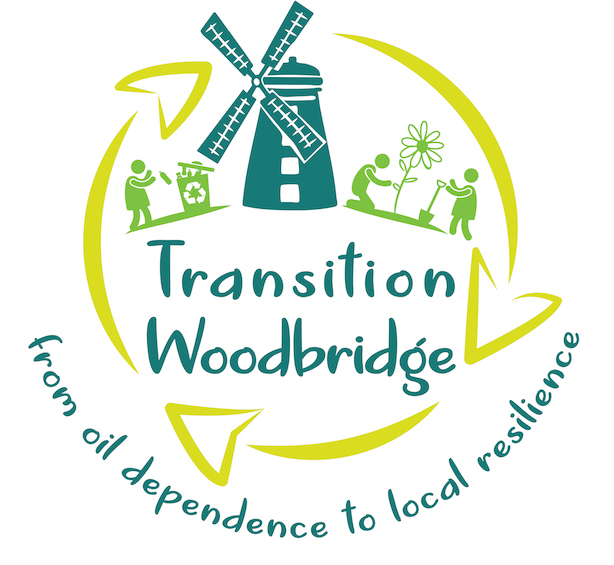 With so many of us finding an unexpected glut of free time on our hands, gardens have never looked so good! Demand for seeds, plants and compost have increased hugely as people clear, weed, sow and plant. However, the recent suspension of garden waste collection by the council has also left many of use with nowhere to put our garden waste.
With so many of us finding an unexpected glut of free time on our hands, gardens have never looked so good! Demand for seeds, plants and compost have increased hugely as people clear, weed, sow and plant. However, the recent suspension of garden waste collection by the council has also left many of use with nowhere to put our garden waste.
Composting is a great way to get rid of garden waste while creating free nutrient rich compost for your garden. While collection services are about to start up again, why not consider composting?!
Jodi tells us why composting is a good idea and more about how to create a successful compost heap.
Making and using compost is good for your garden
Over time soil quality declines and, to improve the quality of your soil, it requires nutrients. Compost adds structure and fertility to your soil. Adding homemade compost is one of the best things you can do to enhance and protect the health of your soil (and your plants will thank you for it).
It’s a good alternative to peat-based composts
A lot of the compost available from retail and online stores is peat-based. Nearly 70% of all peat used is by amateur gardeners. By making your own compost you can help reduce the shrinking of this vital habitat and carbon store.
It utilises your waste
Instead of putting things in your collection bins you can utilise your food and garden waste. Composting means that you are recycling waste and turning it back into a resource.
Plus it’s free and easy to do!
What do I need?
To get started you can simply create a composting area in your garden, or you might want to build a compost bin from wood or old pallets. They are also easy to find if you want to buy one.
What should I put in it?
To create the best compost you will need to put the right mix of green and brown in your heap.
Green waste: includes vegetables, fruit, plant prunings, and grass. This provides nitrogen & moisture.
Brown waste: includes egg box, cardboard, paper & leaves. This provides fibre and carbon.
A mix of 50% green and 50% brown will create the ideal conditions you need. It’s a good idea to grab some cardboard and paper waste to add every time you take out a container full of vegetable peelings, to ensure you are keeping the right balance.
You need to keep air in the composting process, so don’t worry about ripping everything up. Scrunching up balls of paper or card, or putting a whole egg cartoon in, will add pockets of air. You’ll be surprised how quickly things get broken up by all the worms and organisms living in your compost heap. It’s also a good idea to stir your bin regularly but don’t worry too much if this isn’t possible. Composting is a natural process which will happen anyway, it’s just that some things can help speed up the composting processes.
What shouldn’t I put in my compost bin?
Don’t add perennial weeds, weeds with seed heads, or diseased plants. It’s also not a good idea to put cooked food in because this can encourage pests (and make your compost bin smell). Also, don’t put in any non-degradable materials, such as plastic, glass, metal, or stones.
How will I know when it’s ready?
It can take anything from 6-18 months to be ready, depending on the conditions and how often you are using your bin. When it’s ready the compost will be a dark brown spongy consistency. If you use your compost bin regularly you will have compost ready at the bottom of your heap, with your newly added waste on top. Remove compost that is ready and return anything that isn’t to the heap.
A simple check on your composting heap will help you maintain the right conditions to get excellent compost:
Too wet = add brown
Too dry = add green
People have their own tips on how to create the best compost and you will have yours soon, too. As long as you remember the 50% rule you’ll be making good compost in no time!
Have lots of garden waste?
You may have lots of garden waste, some of which can’t be added to the compost bin. Don’t worry if this is the case – there are still lots of ways to utilise this waste.
Perennial weeds that can’t go in your compost bin can be put in a bag, or a bucket with a lid (make sure no light can get in). This will kill the weeds off. When they are fully dead these can be added to your compost bin without the risk of them regrowing when you spread your compost. Leaves can be bagged up to create a leaf mulch which can be used as a soil conditioner at a later date.
For more tips, including how to make a deadwood pile from woody prunes, grass boarding (for dealing with larger quantities of grass clippings), dead hedging, and compost trenching, go to: https://suffolkrecycling.org.uk/news/top-tips-for-dealing-with-garden-waste
Want to know more?
There are many great ways to compost, including wormeries (which kids love and are good for smaller spaces), and composting systems that recycle hot food waste and even dog waste.
Suffolk County Council have loads of useful information online, and you can buy a subsidised compost bin, at the following website: https://www.suffolkrecycling.org.uk/reduce-your-waste/home-composting
